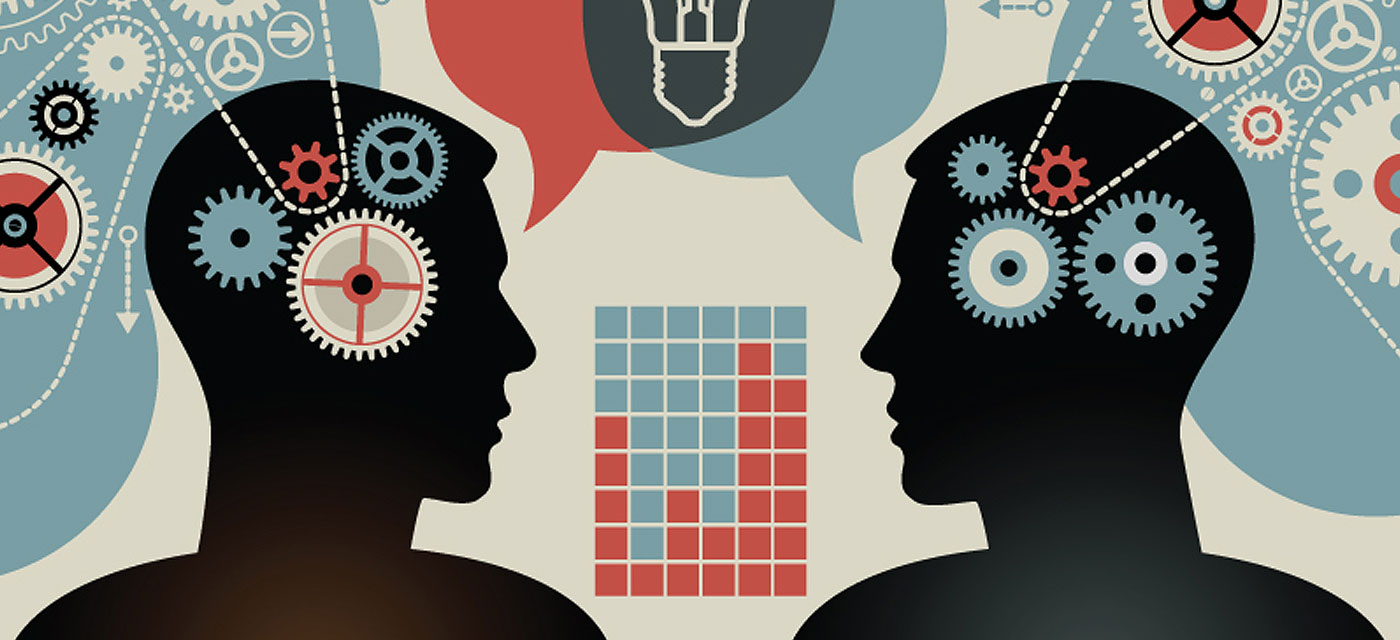Making the Case for a Public Library Makerspace

I don’t know about you, but lately I have been hearing a lot about library makerspaces, from Fayetteville Free Library’s Fab Lab to Westport Public Library’s Maker Space. Nearly a year and a half ago, Makezine.com asked, “Is It Time to Rebuild & Retool Public Libraries and Make ‘TechShops’?”. Since then, I’ve seen everything from the hows, whys and why nots of makerspaces in libraries and library maker programs for all ages to the new Maker Librarian blog and a series on developing new library makerspaces. All this buzz about makerspaces has got me wondering what makerspaces have to do with fulfilling the public library’s mission in society. My conclusion: a makerspace is a tool that can advance the fulfillment of the public library’s mission, especially when paired with an effective program of instruction.
The Instructional Role of Public Libraries
One of the traditional roles of the public library in society is facilitating the creation of knowledge in our communities. Promoting literacy through instruction has long been a part of the librarian’s job. Today, the concept of literacy encompasses much more than just reading and writing; it has evolved into “transliteracy,” commonly defined as the ability to read, write and interact across a range of platforms and tools. As new technologies emerge in our communities, library patrons turn to libraries and librarians for instruction in the use of new technologies, for help and troubleshooting, and in some cases as their only means of access to those technologies. Most public libraries now provide public access computers and instruction to support computer literacy. A makerspace is, in a sense, a new stage in the evolution of the library computer lab. Our job now becomes providing access to new technologies and instruction to support new literacies.
Building a Stronger Economy
In addition to facilitating literacy and learning, public library makerspaces can help to build a stronger economy. In their press conference announcing the opening of their new makerspace in July 2012, staff of the Westport (Connecticut) Public Library argued that the model of employment in 21st century America is changing. Entrepreneurship is becoming increasingly important to our economy. Many of the fastest-growing fields of today didn’t even exist ten or twenty years ago. New technologies demand new skills, and libraries are in a position to help develop those skills. Westport hopes that their makerspace will help people find jobs and establish new businesses. By providing access and instruction in the use of new technologies to the general public—many of whom have no other means of accessing these new technologies—public library makerspaces can play an important role in developing a strong workforce.
Public Library as Makerspace
If a makerspace is, in the words of Fayetteville (New York) Free Library’s Transliteracy Development Director Lauren Britton, “a place where people come together to create and collaborate, to share resources, knowledge, and stuff,” then the public library is a natural setting for such a space. The notion of library as makerspace does not even require an unreasonable stretch of the imagination, as many libraries already offer programs and services that facilitate “making,” including crafting and bookmaking programs and creative writing workshops. By teaching our patrons to use new and emerging technologies to not only consume but also to create and share, we facilitate the creation of knowledge that is an essential and fundamental part of the public library’s mission in society. The makerspace is a natural extension of what we already do.












